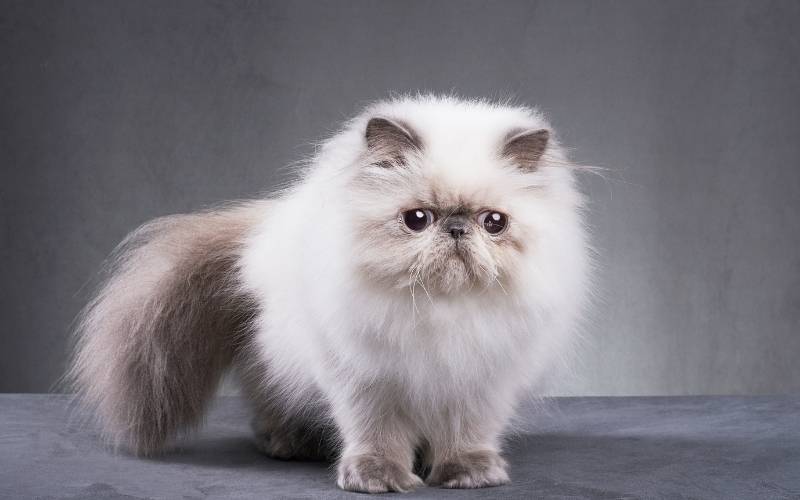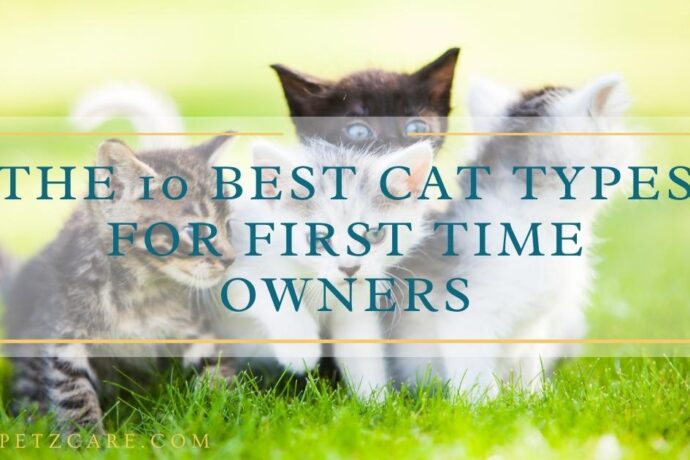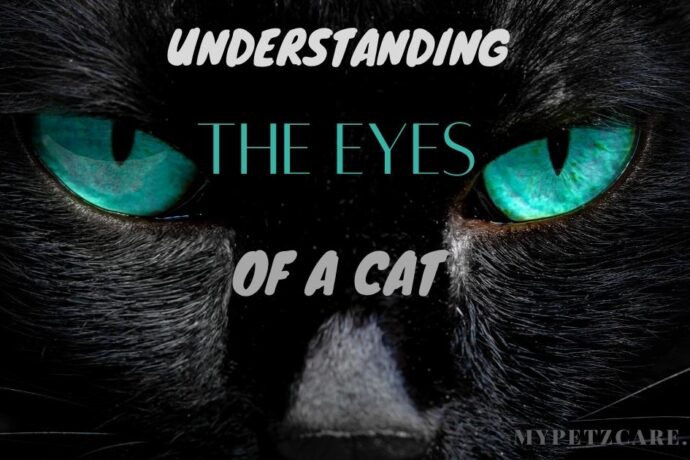If you love cats and want to have one as your pet, you need to be aware of their behavior and ways of taking care of them. Persian cats are one such variant on which we will be focusing in this article. If you have been looking for a lovable lap cat who likes good petting or brushing through long hair, then this will be the perfect feline for your family. They are known to have a sweet nature. Read on to know about them.

Origin and Selective Breeding:
Persian cats’ origin dates back to Mesopotamian civilization which was also known as Persia. Today it is called Iran. The natural mutation resulted in the long hair of this breed. In the year 1626, Pietro Della Valle, an Italian nobleman of the 17th century brought this cat to Europe for the first time. The cat had a stunning look with its silky, shiny gray fur. Later the selective breeding of this species resulted in different colors.
When breeding cats was not quite popular, the local variants of cats in Persia, Afghanistan, Turkey, and other exotic areas were bred together. These were referred to as “Asiatic cats”. It was in 1871 when the Persian cat breed was first exhibited at the Crystal Palace cat show. It was not only a popular pet at that time but the breed was also admired by Queen Victoria.
Gradually with time, the cat fanciers molded the appearance of this breed through selective breeding. This resulted in small rounded ears, large eyes on a short round face having a snub nose, and chubby cheeks. They have short legs and longer furs compared to that of the Angora cat.
The Maine coon cat with long hair was initially the American sweetheart but during the late 19th century, Persian cats were important and gained popularity. Gradually in about a century, the attractive appearance and sweet personality of this breed made it popular throughout the world.
Size of Persian Cats:
These cats are often 14-18 inches long. Females are mid-sized weighing 3-5 kg. Males are larger and over 5 kg.
Life span: 10-17 yrs.
Appearance of a Persian Cat:

• This breed has a sturdy and muscular body with a head supported by a short and thick neck. Such a body is referred to as “cobby”. They have thick and strong legs with firm, large rounded paws. It has a tail that has a proportional length to that of the body. These cats are available in various looks. Some have a flat face while some have a Peke-face. The Doll-faced Persian cats have an old-fashioned look.
• Persian cats come in a wide range of coat colors and patterns. The solid colors include black, white, cream, red, chocolate, blue, and lilac. Other color variants include silver, golden and blue chinchilla, shaded, smoke, calico, tabby, blue shaded silver, or golden. They come in parti-color and bicolor variants also.
• There are Persian cats with different pointed patterns of the Himalayas with the coat color related to that of the eye color. Some examples include, Persian cats having a solid color body have brilliant copper color eyes, silver, and golden variants have green or blue color eyes, white ones have deep blue or bright copper-colored eyes, and so on.
Their Behavior:
• Persian cats have a calm, sweet, dignified, and humble nature. They have large adorable eyes which are quite expressive and they have a soft and musical voice.
• These cats love to sit on the lap of their owner and play with kind kids who will behave gently with them brushing their hair. Despite having an affectionate quality, they reserve their attention for their family members or just those guests whom they feel to be trustworthy.
• Unlike other cats, they do not hiss or scratch quickly but other pets or loud noise by kids irritates them, resulting in such violent behavior. They often remain on the floor or other accessible furniture but don’t climb up on curtains or jump over kitchen counters or refrigerators.
• Their needs are simple and include regular meals, some time for playing around with a catnip mouse and being loved a lot. When the owner is busy, they are content sitting on a chair, bed, or sofa till the admirer is back taking it on the lap, giving it all the attention it deserves.
Grooming:
Persian cats need daily grooming. Here are some things to remember:
i. Their long hair could get tangled and messy and hence needs thorough brushing.
ii. Regular bathing is also needed, which has to be at least once a month.
iii. The litter box has to be cleaned as it gets lodged with the cat coat and paws.
iv. Wipe the eye corners of the cat as tearing is its common issue. This will prevent under-eye stains and other eye problems.
v. Brushing the teeth 2-3 times a week or at least weekly is necessary to prevent periodontal diseases.
vi. Keep these cats indoors only as they won’t be able to fight other fierce street animals outdoors. Even its coat can’t shed dirt so if you are taking it out, you have to spend time grooming it again. Keeping it indoors also eliminates the chances of it being stolen.
vii. Daily exercise is needed to keep them fit. They can be engaged in indoor playing with the family with interactive toys or similar things.
Diet:
Persian cats have picky eating habits but not when they get to eat something they like. Keep these points in mind while feeding them:
i. Feed them food that is rich in protein, has less fat. It can be raw, dry, wet, or a combination type.
ii. They are lazy creatures so it is better to avoid overfeeding them as this will lead to obesity.
iii. Prevent them from overeating by feeding them a fixed amount twice a day.
iv. Since they have a flat face, it is better to choose the food structure or shape that they find easy to eat.
Health Conditions:
Health issues can be found in pedigreed cats or mixed breed variants of Persian cats. These are as follows:
i. Constricted nostrils leading to breathing difficulty.
ii. Tearing.
iii. Cherry eyes and entropion.
iv. Dental malocclusions in which teeth don’t mesh together properly.
v. Sensitivity to heat.
vi. Polycystic kidney disease
vii. Infection due to ringworm or fungus.
viii. Seborrhea oleosa which is itchiness, redness, and loss of hair.
Conclusion:
When you have bought a Persian cat, make sure to know about how to maintain it, to keep it fit and healthy. If your home has dogs or boisterous kids, then better not to keep this as a pet because the cat would get anxious if they chase or try to irritate it.





Leave a comment